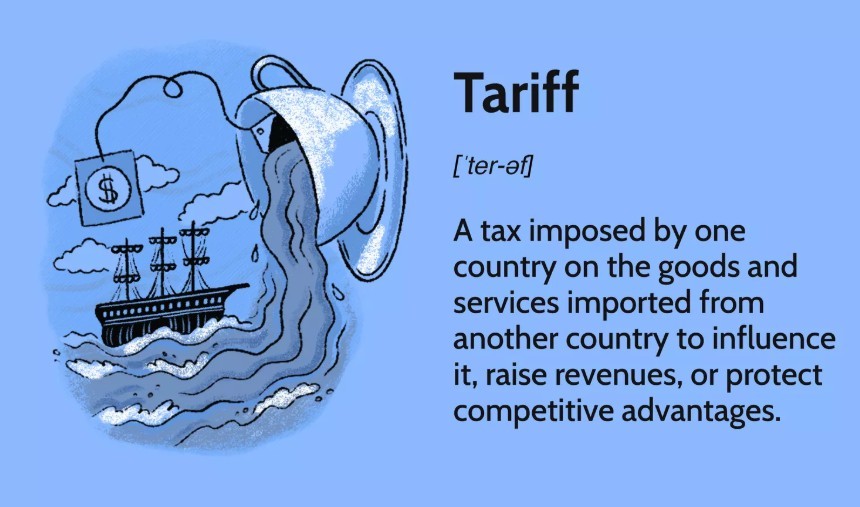A brief history of TARIFF
The concept of trade tariffs has existed for thousands of years, with the earliest recorded instance dating back to ancient Mesopotamia around 3000 BCE. In the Sumerian city-states, rulers imposed duties on goods entering their territories. These early tariffs served two main purposes: generating revenue for the state and regulating the flow of goods, such as grain, textiles, and precious metals. This marked the beginning of formal trade control in human history.
Ancient Egypt also used tolls and taxes, particularly on goods transported along the Nile River. These helped maintain infrastructure and fund the pharaohs’ vast administrations. The Greeks and Romans further refined tariff systems. The Roman Empire established the portoria, a customs duty levied on imports and exports throughout its vast trade networks. This system was highly organised and collected at border points and ports.
In the Middle Ages, European kingdoms imposed tariffs to protect local industries and raise funds for war and governance. By the 18th and 19th centuries, tariffs became central to national economic policies, notably in mercantilism and industrial protectionism.
Today, while global trade has evolved, tariffs remain powerful economic tools. They reflect centuries of evolution in how nations balance protection, revenue, and international trade relationships.
________
One more thing, at Pfortner, we take communications privacy very seriously. We encrypt email, messaging and network communications to provide our clientele with uncompromised privacy.
If you need to protect sensitive communications, please see www.pfortner.co.za or send an email to info@pfortner.co.za, and we will get back to you.

